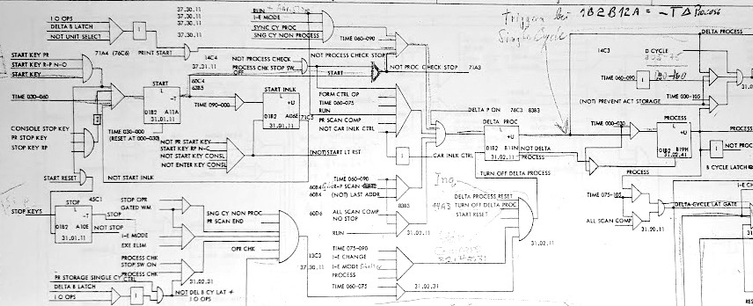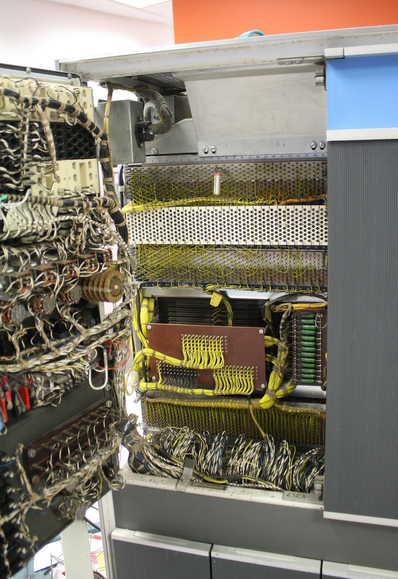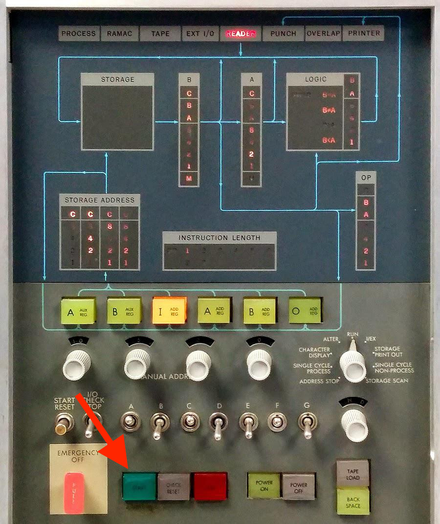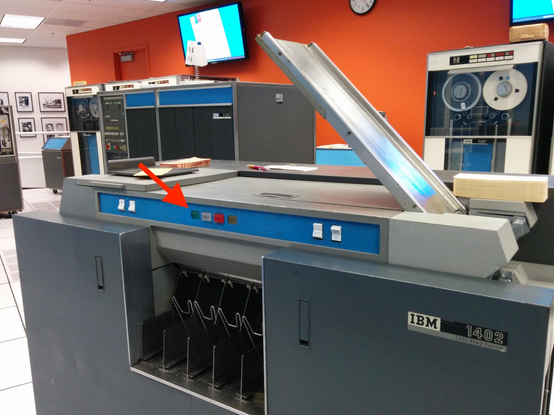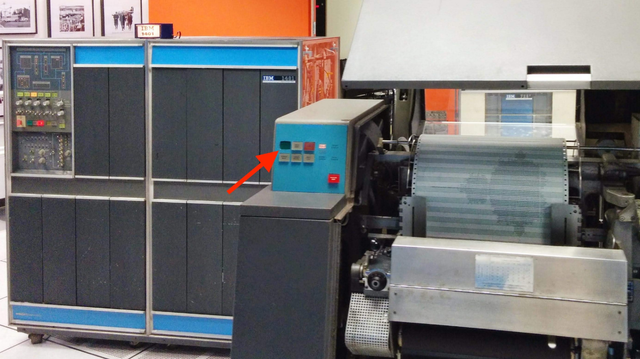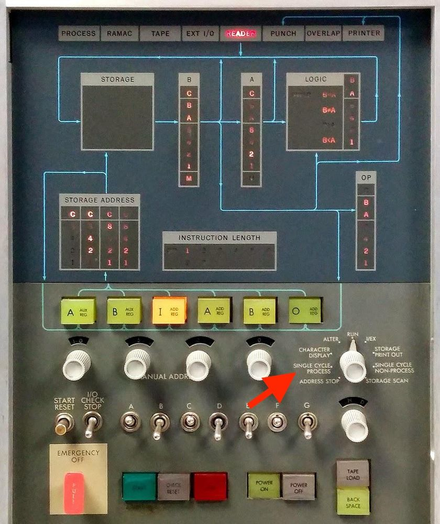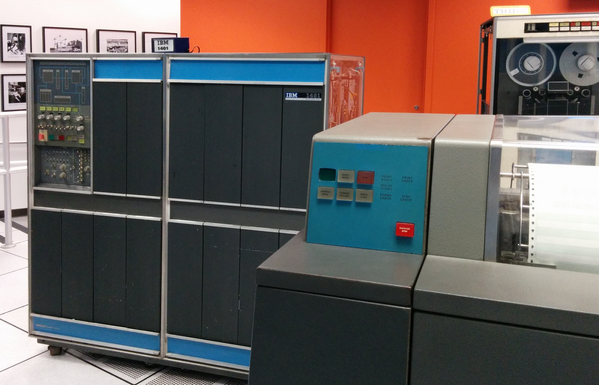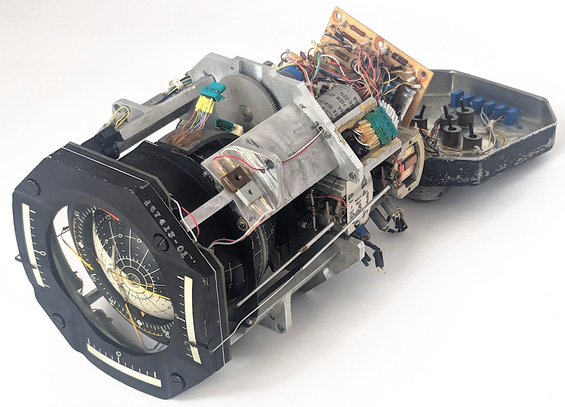With the switch fixed, everything worked. At least until next time...
I worked on this with @CuriousMarc, @tubetime, Wren, Shmuel, and others.
I'll leave you with this documentation of the relevant circuitry with inscrutable IBM symbols.
end/N
It turned out that the computer's START button had a strand of wire that shorted one of its contacts. As a result, it would keep re-starting as long as you held the button, blowing through the HALT or single-step until it crashed. The contacts bounced a bit, causing the random gaps we saw.
You push the green START button on the console to start the computer after a HALT, and also to single-step it. Hmmm. For convenience, there's also a START button on the card reader and one on the printer. We found that everything worked fine with those buttons. Hmmm.
I hooked up an oscilloscope and discovered that the computer wasn't running a single instruction cycle. Instead, it ran a few cycles (the pulses below), stopped briefly, ran a few more, irregularly stopping and starting, "building up steam" until it ran thousands of cycles. But why this pattern?
The IBM 1401 computer lets you run code a single cycle at a time, so you can see what happens at each step. (The arrow on the control panel.) But when I tried to single-step through the bad HALT instruction, the computer immediately died in a distant memory location. Now we had two problems. 2/N
Last week, the vintage IBM 1401 computer at the Computer History Museum started behaving strangely: it wouldn't halt. More specifically, if you had two HALT instructions in a row, it would halt for the first, but when you continued, it crashed mysteriously. Here's how we fixed it.... 1/N
I think I got that targeted ad because I looked up sodium dichloroisocyanurate (the first chemical) after watching a USCSB video where it explodes. (I'm a big fan of these videos.) Strangely enough, this chemical is Chlor Brite for swimming pools.
https://www.youtube.com/watch?v=_ZkOLxHTo1c
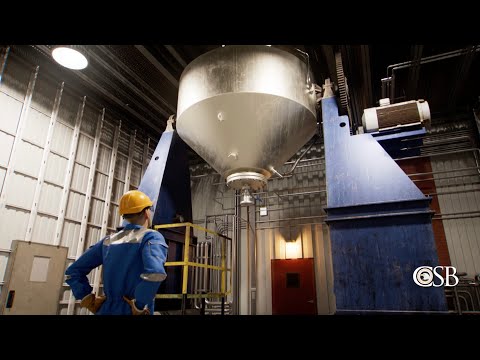
Outsourcing Responsibility: Explosion at Optima Belle
I was reading the news online and saw the weirdest targeted ad. I can't even identify those last two chemicals. Any ideas?
Credits: thanks to Richard for providing the FDAI. I worked on this with
@CuriousMarc,
@tubetime, and Mike Stewart.
Simulator photo from "Introduction to Shuttle Mission Simulation":
https://ia804505.us.archive.org/8/items/intro-to-sms/intro%20to%20sms.pdf#page=22For more details on the FDAI, including the servo loops and electronic amplifiers (powered by germanium transistors), see my blog post:
https://www.righto.com/2025/06/inside-apollo-fdai.html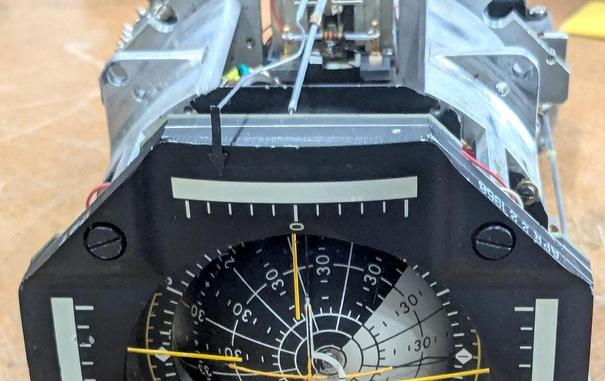
Inside the Apollo "8-Ball" FDAI (Flight Director / Attitude Indicator)
During the Apollo flights to the Moon, the astronauts observed the spacecraft's orientation on a special instrument called the FDAI (Flight ...
